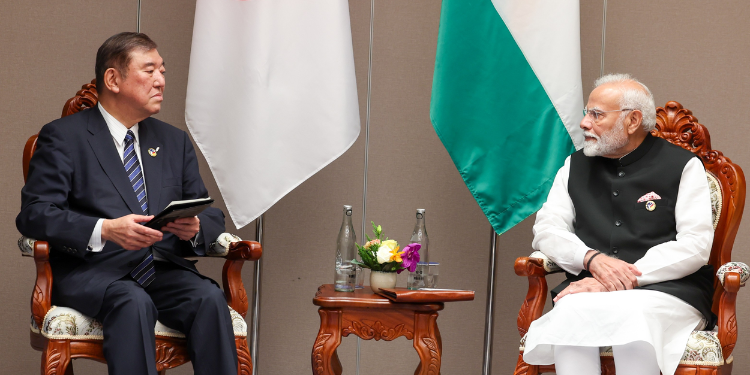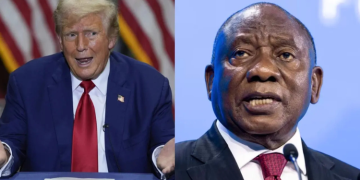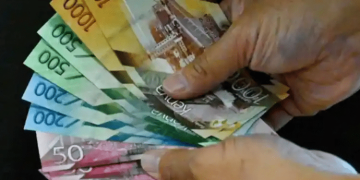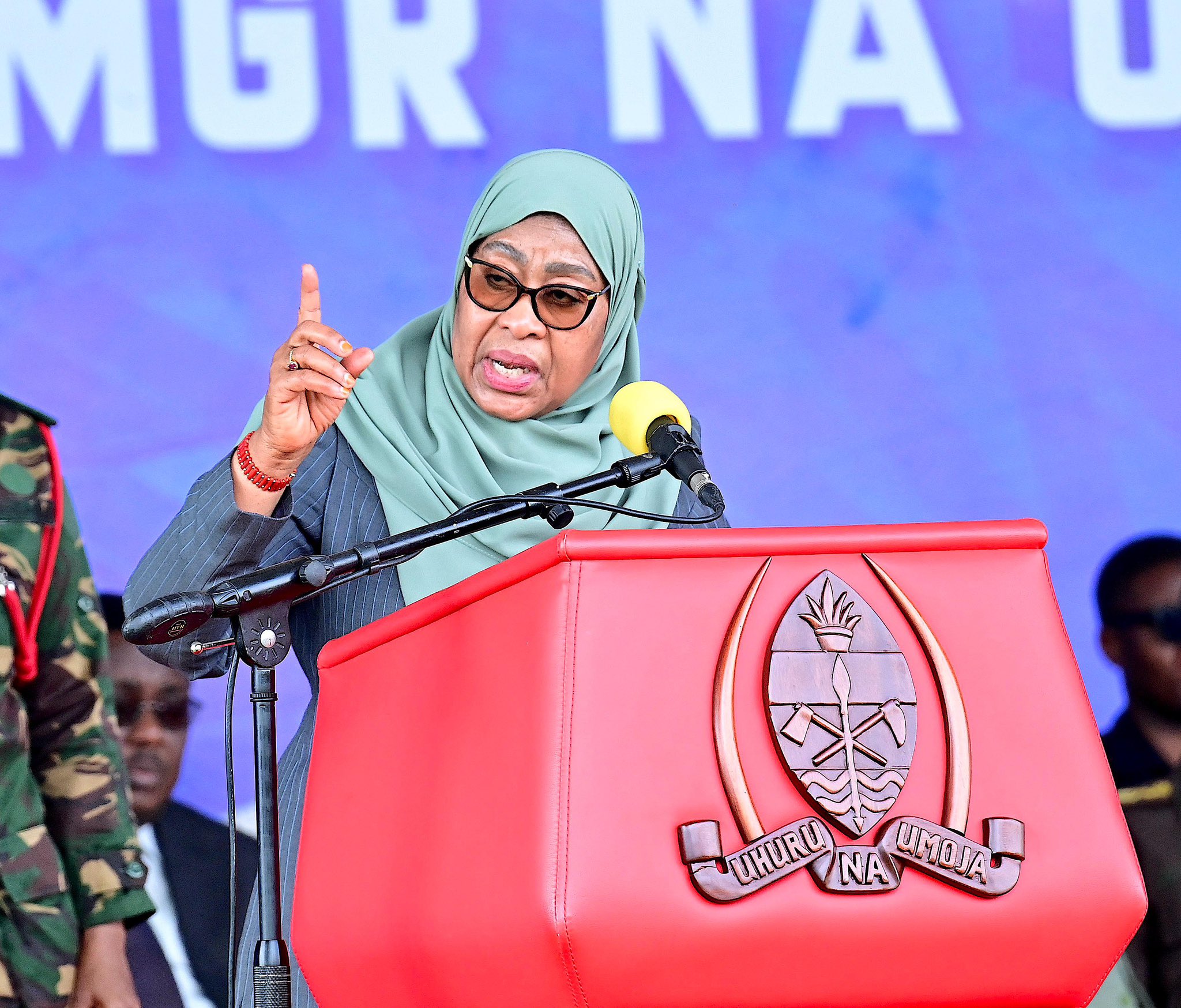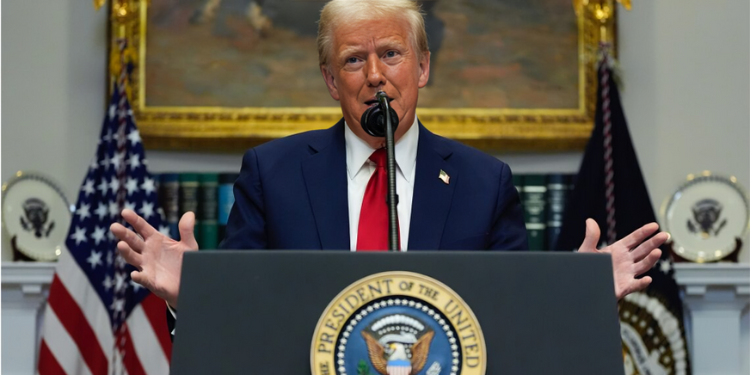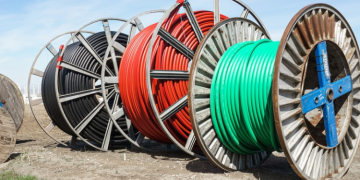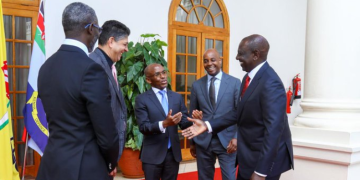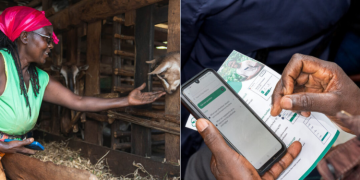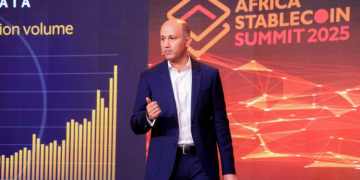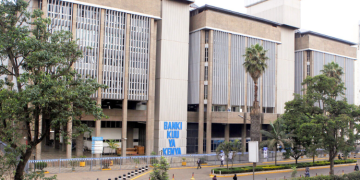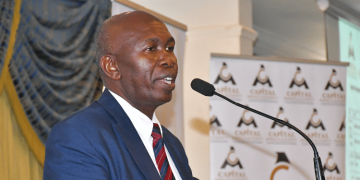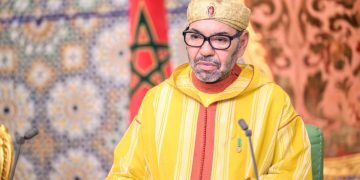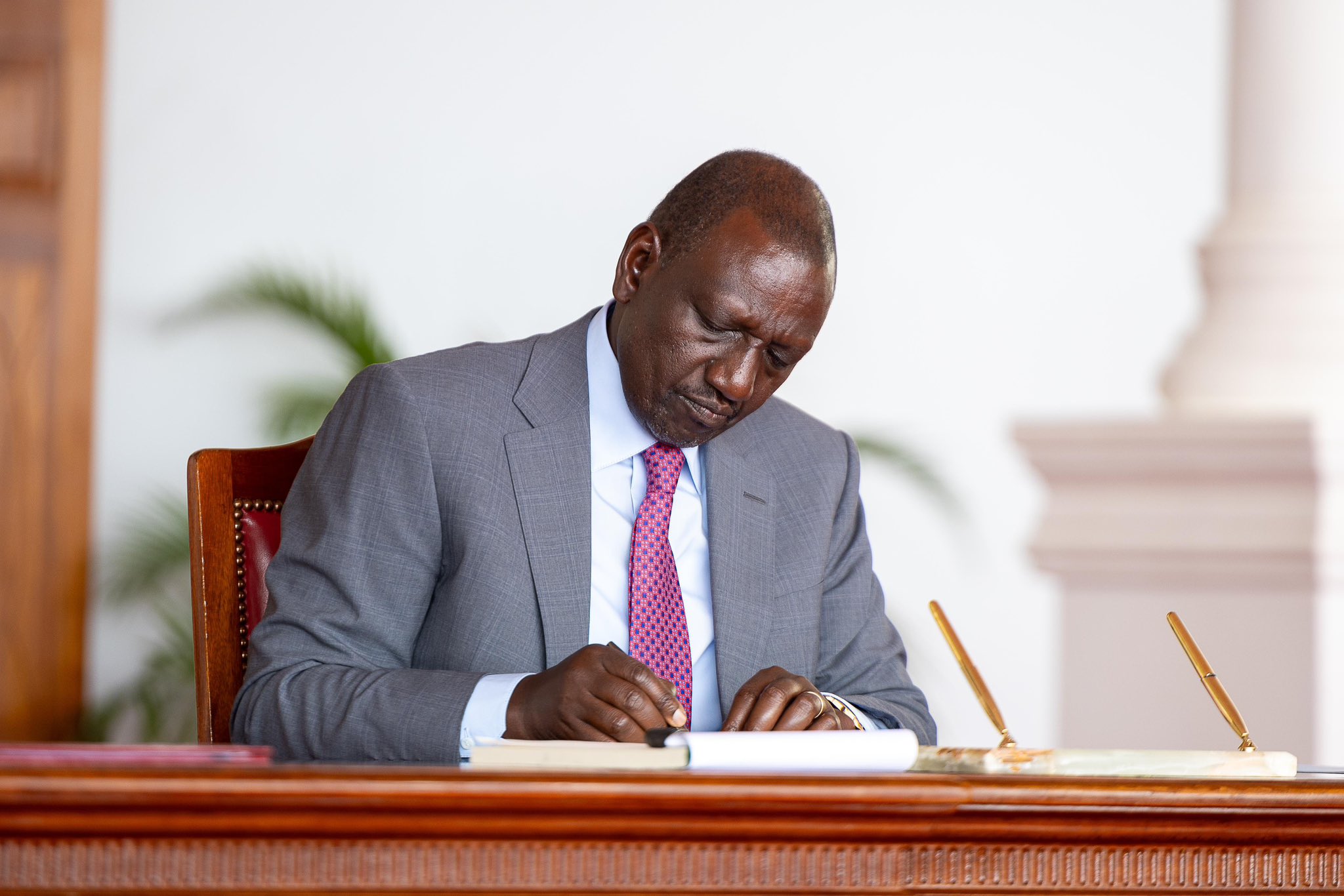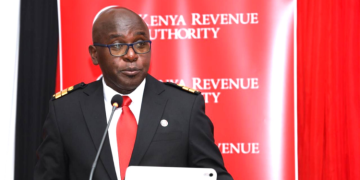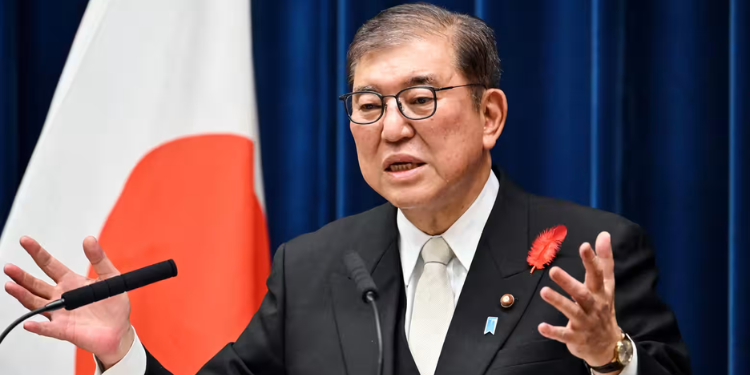In the latest sign that Asian countries are rearranging their alliances and economic partnerships amid a trade war with the US, India and Japan are set to expand their cooperation on defense, trade, and other issues.
Indian Prime Minister Narendra Modi is scheduled to meet with Japanese Prime Minister Shigeru Ishiba in Japan on Friday, two days after the US launched a new 50% tariff rate on Indian imports.
President Donald Trump is using the tariffs to pressure India into reducing its purchases of Russian oil.
According to Japan’s Yomiuri Shimbun newspaper, the two leaders will update a 17-year-old cooperation agreement to strengthen ties between the two countries.
The new deal is expected to include measures to strengthen supply chains for critical minerals, joint development and production of defense technologies, and coordination of the two countries’ response to “economic coercion.”
Japan is expected to commit to $68 billion in new investment in India over the next decade and increase the level of human exchanges with China to 500,000 people over the next five years, according to Kyodo News.
Although the measures are intended to make the countries more resilient amid ongoing uncertainty in their relations with the US, they are also being taken with China in mind.
The country, which has been a geopolitical rival of both India and Japan for decades, controls a large share of the rare earth mineral trade.
However, Trump’s tariffs have led to a recent thawing of relations between India and China.
Both India and Japan are reeling from the effects of the US’s new trade policies. The new 50% tariff rate is expected to hit India’s garment industry especially hard, with growth in that sector expected to slow by half, according to The India Times.
About a third of the industry’s exports have been going to the US in recent years, and now Indian garment makers will be at a disadvantage to competitors from Bangladesh, China and Vietnam, which currently face lower tariff rates from the US.
New Tariffs
The new tariff rate is expected to impact $60.2 billion worth of Indian exports, including textiles, furniture and carpets, gems and jewelry, and seafood.
After the US announced a 25% tariff rate on Japan, the country’s government negotiated a deal that reduced the rate to 15%.
Among other things, it requires Japan to invest $550 billion into the US in the coming years, a condition that sparked controversy after US Commerce Secretary Howard Lutnick said the money would be directed by President Trump, who would have final say on where the investments go.
However, Japanese officials say the investment will be assessed on whether they also benefit Japan, the New York Times reported earlier this week.
Also Read: Ruto Announces Recruitment of Kenyans to Work in Japan
Japan Car Imports
Another point of contention is when the US’s tariffs on Japanese car imports will drop to the promised 15% rate.
Japan’s auto sector has suffered under the tariffs. Toyota, the largest-selling Japanese auto brand in the US, has seen its North American operating profit decline by $1.1 billion compared to the same period last year, recording a $438 million loss in the second quarter of 2025.
Overall, Japan has seen a decline in exports this year, with a 2.7% drop in July compared to the same month a year earlier, led by a 10.1% decline in exports to the US.
Also Read: Is This the End of US Dollar Dominance? China, India Take Steps to Trade in Their Own Currencies
Modi Ignores Trump Calls
While Japan has sought to ease tensions with the US through trade negotiations, India’s Modi has taken a tougher stance.
According to news reports out of Japan and Germany, Modi has refused to take phone calls from President Trump four times over the past month, “heightening Trump’s frustration.”
Modi has repeatedly vowed to stand firm against the Trump administration’s pressure, while President Trump has accused India of “fueling” the Russia-Ukraine war with its purchases of Russian oil, which account for around 40% of India’s oil imports.
Follow our WhatsApp Channel and X Account for real-time news updates
